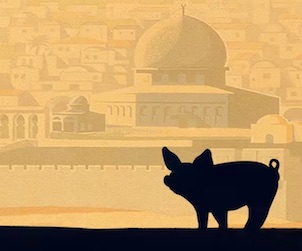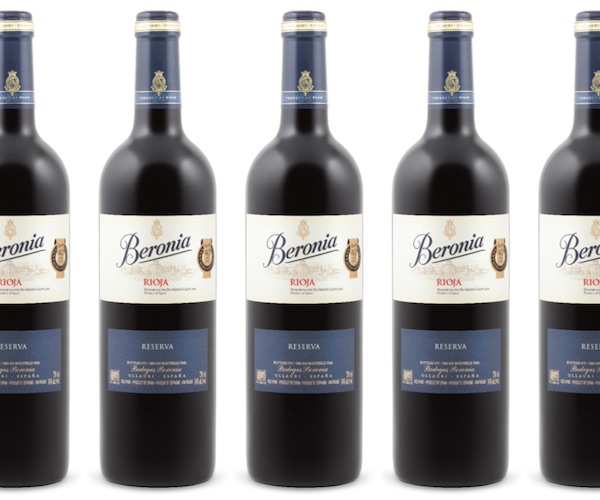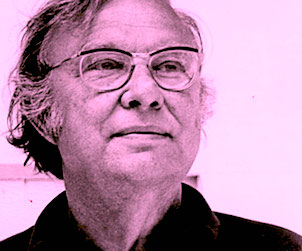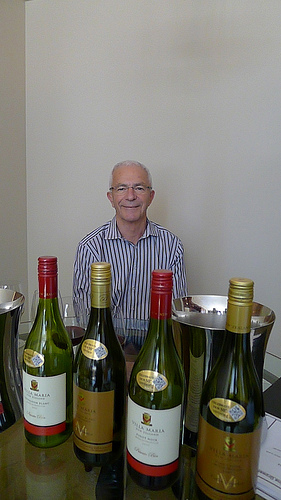by Robin Wilson
Rice wine. Japan. Sushi. The only words I used to associate with Sake. Clearly I’ve been a little ignorant towards its complexity and its following. Thanks to Ki’s ‘Sake Sommelier’ Michael Tremblay who delivered an intriguing and informative tasting session, I’ve been rescued from my naivety.
Michael Tremblay, in coordination with The Sake Institute of Ontario recently hosted Kampai Toronto – Festival of Sake. It was an event flooded with oysters, canapés and of course sake. In its main attempt to educate guests of the ever-growing market recently gracing Ontario, it was also a great evening that brought together some of Toronto’s best Asian restaurants – including Ki, Guu & Blowfish.
In my sake session, let’s call it, with Michael, he gets down to the specifics right away – no wasting time here. He made sure that I left knowing regions, fermentation processes, misconceptions, flavours, grades, temperatures – it was sake boot camp. And I appreciated every minute. Who knew sake really isn’t as much of a wine than it is more of a beer – brewed, not distilled. That’s right, from now on it shall be referred to as Rice Beer (to be politically correct). During the tasting I was able to try sakes of all grades and regions, which really was the biggest surprise in its flavours. From roses to lychee to fennel- the differences are remarkable and never again will I generalize sake as the Japanese ‘wine’ that I thought it simply was. In my attempt to pass on some of the sake 101 course to those who want some insight next time they find themselves in the sake section at the LCBO, let’s go over some Grades. Daiginjo (or as I like to call it “Grand Cru”) is its grade A – meaning approximately 50% of the rice has been milled away for a more of a clean premium taste. Usually you will have special rice and techniques used in its process as well. Ginjo (Premier Cru), Honjozo/Junmai and Futsu are the B, C and D grades with Futsu being the ‘table wine’…or ‘beer’ if you will. As the grades progress, the milling of the rice becomes less labour intensive, lowering each in purity and of course in prices.
In the past, there were never that many Sake varieties available in the LCBO compared to what we’re seeing these days. Michael explains that due to festivals such as the Kampai Toronto and the growing number of Asian inspired restaurants popping up around the city, the opportunity to expand is what is attributing to the growth in varieties available to consumers.
I never knew someone could be so passionate about sake, but I suppose when there aren’t that many “Certified Advanced Sake” Sommeliers in Canada, you really don’t encounter it all that much. I suggest paying a visit to Ki and seeking out the sake connoisseur himself. I’ve always thought that the more you know about wine, the less you really feel you know. I would say that the same goes for Rice Beer.
Visit Michael Tremblay at Ki Restaurant & Lounge: 181 Bay Street, BCE Place
Or
For Sake tastings, tours and other events click here
 Robin Wilson is a avid eater who enjoys the finer things in life… including Sake
Robin Wilson is a avid eater who enjoys the finer things in life… including Sake
.








